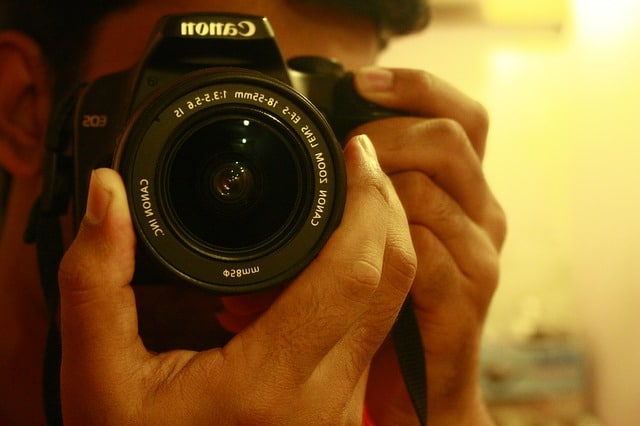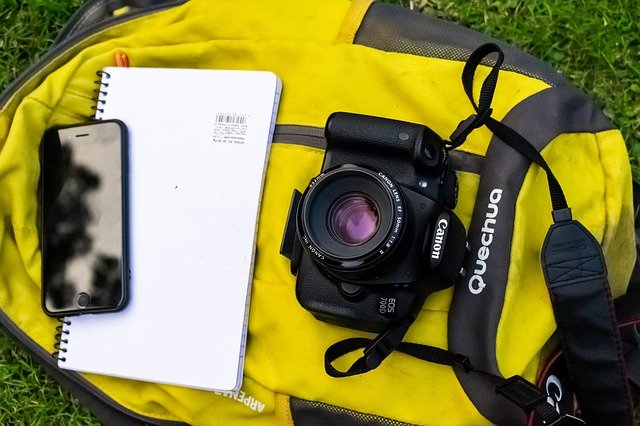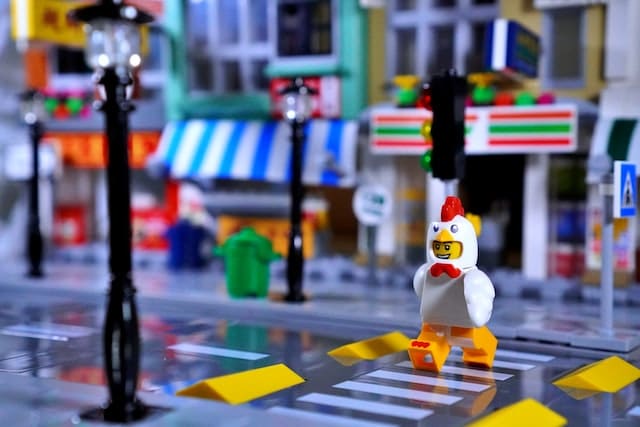Creating realistic toy dioramas involves a meticulous approach, starting with choosing the right scale to guarantee each element fits cohesively. You'll want to select materials that mimic real-life textures and surfaces. Think about the layout, using the rule of thirds and visual lines for a compelling scene. Adding natural elements and perfecting the lighting will substantially enhance authenticity. Finally, paying attention to minute details, like wear and tear, can make your diorama truly lifelike. Ready to transform your creative vision into a stunning display? Let's explore the essential steps.
Key Takeaways
- Ensure all elements are to scale, maintaining a cohesive look across figures, buildings, and accessories.
- Use real materials like sand, gravel, moss, and twigs to add authenticity and texture.
- Employ paint techniques such as dry brushing and washes to add depth to surfaces.
- Arrange items using the rule of thirds and visual lines to create a natural flow and guide the viewer's eye.
- Integrate layered, diffused lighting to mimic natural light and highlight key elements.
Choosing the Right Scale
Choosing the right scale for your toy diorama is crucial for achieving a realistic and visually appealing scene. The scale you choose sets the foundation for how well the elements of your diorama fit together. Start by deciding on the overall size of your diorama and the type of figures you're planning to use. Common scales include 1:12, 1:24, and 1:48, each offering different levels of detail and space requirements. For example, a 1:12 scale can be ideal for showcasing not just intricate details but also for using specific camera gear and accessories that enhance the realism of your scenes.
In a 1:12 scale, one inch in your diorama equals one foot in real life, making it ideal for showcasing intricate details and larger figures. For tighter spaces or a more compact display, a 1:24 or 1:48 scale might suit your needs better.
Consistency is key. Verify all elements—figures, buildings, and accessories—are in the same scale to maintain a cohesive look. Mixing scales can disrupt the sense of realism and make your diorama appear disjointed.
Lastly, consider your level of experience and the availability of materials in your chosen scale. Some scales may be easier to work with or have more readily available components. Choose a scale that balances your creative vision with practical considerations.
Selecting Authentic Materials
When it comes to selecting authentic materials for your toy diorama, you'll want to focus on elements that can bring your miniature world to life. Start by choosing high-quality materials that closely mimic real-world textures and colors. For instance, use fine sandpaper to replicate concrete surfaces or real gravel for a more natural look in outdoor scenes. Consider integrating soft, diffused light from a portable photo light box to enhance the realism of your diorama. Opt for natural materials whenever possible. Tiny twigs and small pebbles can make excellent props for trees and rocks. For water features, consider using clear resin or even small mirrors to create a lifelike reflection. Don’t forget to experiment with layering techniques to add depth and dimension to your scenes—stacking foam boards or using textured paint can create stunning effects. For those exploring the best desert diorama ideas, incorporate elements like dry sand, miniature cacti, and weathered wood to achieve an authentic arid landscape. Finally, pay close attention to scale and proportion, as these details can make or break the believability of your diorama’s environment.
Don't overlook fabric choices. For miniature clothing or upholstery, select materials with the right scale of pattern. Cotton and thin felt often work well due to their flexibility and ease of manipulation.
Plastic and metal components can add durability and realism. Small metal wires can serve as railings or structural supports, while plastic sheets can be cut and painted to form detailed architectural elements
Designing a Compelling Layout
Designing a compelling layout for your toy diorama primarily involves a strategic approach to spatial arrangement and visual storytelling. Begin by envisioning the overall scene you want to create. Ask yourself what story you're trying to tell. Are you depicting a bustling cityscape, a serene countryside, or an adventurous battle scene? Your theme will guide the placement of each element and help in evoking emotions that resonate with viewers. Props can enhance the overall feel and storytelling of the image, creating a specific atmosphere or mood.
Next, consider the focal points. Decide where you want to draw the viewer's eye first. Typically, the main action or the most detailed part of your diorama should occupy this spot. Use the rule of thirds to place these key elements off-center, creating a more dynamic and engaging composition.
Ensure a natural flow by arranging items in a way that leads the viewer's eye from one element to the next. Use pathways, roads, or rivers to create visual lines that guide the observer. Also, vary the heights and sizes of your objects to add depth and dimension.
Lastly, maintain balance. Distribute visual weight evenly across the diorama to avoid a cluttered or lopsided appearance. By following these guidelines, you'll craft a layout that captivates and tells a compelling story
Adding Realistic Textures
Textures breathe life into your toy diorama, transforming it from a simple arrangement of objects into a believable scene. Achieving realistic textures doesn't have to be complicated. Focus on small details that make a big difference. Here's how you can do it:
- Use Real Materials: Whenever possible, use real materials like sand, gravel, and small stones. These elements add authenticity and tactile intrigue. For example, using fine sandpaper for a road can create a rough, realistic surface.
- Paint Techniques: Dry brushing and washes can add depth and texture to your surfaces. For instance, dry brushing lighter paint over dark surfaces highlights details, while a wash can settle into crevices, creating shadows.
- Textured Papers and Fabrics: Incorporate textured scrapbook papers or fabrics to simulate surfaces like walls, floors, or clothing. Burlap can mimic rough sacks or walls, while cotton can create realistic bedding or drapery.
- Modeling Compounds: Materials like modeling clay or putty can be molded and shaped to create textured surfaces like cobblestones, tree bark, or dirt paths. These compounds are versatile and can be painted to match any scene.
Incorporating Natural Elements
Incorporating natural elements can bring your diorama to life. Use realistic plant materials like moss and miniature trees to create a convincing setting. Mimic natural landscapes by carefully arranging rocks, water features, and terrain for added depth and authenticity.
Using Realistic Plant Materials
Adding realistic plant materials to your toy diorama can truly bring it to life, transforming a simple scene into a vibrant, miniature world. When you incorporate natural elements, your diorama gains texture, color, and authenticity that manufactured pieces often lack. Here are some ways to use realistic plant materials effectively:
- Dried Herbs and Flowers: These can add a touch of realism and introduce various textures. Lavender, rosemary, and small dried flowers work particularly well for different scales and settings.
- Moss and Lichen: Real or preserved moss and lichen create convincing ground cover or tree foliage. You can find these at craft stores or even outdoors. Make sure to sterilize any natural finds to prevent mold.
- Twigs and Branches: Use small twigs and branches to simulate trees, shrubs, or fallen logs. They add a natural, rugged look and can be easily shaped or painted to fit your scene.
- Leaves and Seed Pods: Tiny leaves and seed pods can mimic miniature plants or fallen leaves. Press and dry them to maintain their shape and color.
Mimicking Natural Landscapes
Creating a natural landscape in your toy diorama involves more than just placing a few plants—it's about capturing the essence of the environment. Start by studying real landscapes. Observe how the terrain varies: hills, valleys, and flat areas. Use sculpting clay or foam to replicate these features. For authenticity, don't forget to add small rocks or pebbles to simulate different textures.
Incorporate real elements like twigs and dried leaves. These add a touch of realism that plastic models can't match. You can also use sand or fine gravel for pathways or riverbeds. Make sure to secure them well with a clear adhesive to keep them in place.
Water features like ponds or streams can be created using clear resin. It's a bit more advanced, but the effect is stunning. Add small plants around the edges to mimic natural growth. For grass, use static grass or finely shredded sponge, applying it with a bit of glue.
Lighting is vital. Natural light or small LED lights can highlight specific areas, creating shadows and depth. By paying attention to these small details, your diorama will truly come to life, capturing the beauty of natural landscapes.
Perfecting Lighting Techniques
When it comes to toy dioramas, mastering lighting techniques can dramatically elevate the realism and mood of your scenes. The right lighting can make your diorama look like a miniature world rather than just a collection of toys. To achieve this effect, consider these four essential steps:
- Natural Light Simulations: Use soft, diffused lighting to mimic daylight. Position lamps at angles that replicate the sun's natural path. This helps in creating realistic shadows and highlights.
- Spotlighting Key Elements: Focus on the important parts of your diorama by using small, directed lights. This technique draws attention to the main subjects and adds depth to your scene.
- Color Temperature: Different light sources have different color temperatures. Warm lights (yellow/orange) can create a cozy or dramatic feel, while cool lights (blue/white) can simulate moonlight or a sterile environment. Choose the color temperature that best fits your diorama's mood.
- Layering Lights: Combine various lighting sources for a more complex and realistic look. Use ambient light for overall illumination, task lights for specific areas, and accent lights to highlight textures and details.
Paying Attention to Details
To truly make your toy diorama stand out, zeroing in on the details is non-negotiable. Every tiny element adds up to create a sense of realism that captures the viewer's imagination. Start by considering the scale. Certify every object within your diorama matches the size of your toys. A misplaced, oversized tree or undersized building can break the illusion.
Textures matter too. Use materials that mimic real-life surfaces. Sandpaper can double as asphalt, and small pebbles can serve as boulders. Even the tiniest patch of grass should look like it's part of the scene. Paint chips, and scratches on toys can add a sense of wear and tear, making the scene look lived-in.
Don't overlook the background. A carefully painted sky or a printed landscape can provide depth and context. Adding small items like street signs, trash cans, or even tiny insects can make a huge difference.
At a Glance
By following these seven steps, you'll create toy dioramas that truly captivate. Choose the right scale, use authentic materials, and design a compelling layout to set the foundation. Don't forget to add realistic textures and incorporate natural elements for added depth. Perfect your lighting techniques and pay close attention to details. With practice and creativity, your dioramas will come to life, offering a miniature world that's both believable and enchanting. Happy crafting!





